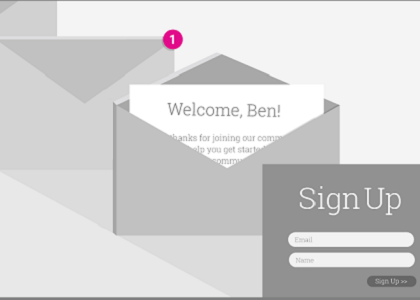Predictive Analytics: A Powerful Tool for Marketers
October 5, 2018Many companies today are using a variety of analytics tools including predictive analytics. Predictive analytics can be applied to many areas of a business. But for marketers, predictive analytics is an extraordinarily powerful tool.
What is predictive analytics?
Predictive analytics involves applying statistical algorithms and machine learning techniques to historical data (and sometimes real-time data) to make predictions about future events. Predictive models estimate the probability of a specific thing that will happen in the future. For example, a marketer could use predictive analytics to figure out which customers are likely to buy a particular product soon or to forecast and prevent customer churn.
It should be noted that businesses must feed predictive models and analytics tools high quality, contextual data. This blog post highlights several essential components of quality data.
How marketers could use predictive analytics
Predictive analytics can be used to optimize and personalize just about every type of marketing campaign including web, mobile, and email.
Web marketing
Predictive analytics makes it possible for marketing teams to create highly personalized web marketing campaigns. For example, predictive analytics could be integrated with an e-commerce site to optimize onsite ads. If a customer is logged in, historical data could be used along with real-time data to make predictions about the products that customer is likely to buy. The site would then automatically display ads offering personalized discounts based on the customer’s propensity to purchase specific items. Predictive analytics could also be used to enhance the cross-selling and up-selling capabilities of the e-commerce platform.
Mobile marketing
Businesses could use predictive analytics to re-engage past customers via mobile marketing. For example, an office products company could send customers timely 1:1 personalized sales offers via mobile phone push notifications or SMS text messaging. Retailers could leverage predictive analytics along with location-based technologies (e.g. GPS, BLE Beacons) to create marketing campaigns based on geographic data and shopping behavior. Retailers could send sales promotions to mobile customers who are near specific store locations and most likely to buy the sales items. These location-based promotions would help increase local sales revenue.
Email marketing
Using predictive analytics businesses could optimize and personalize email marketing campaigns. Some companies use a one size fits all approach when it comes to email marketing. For example, a clothing retailer may send an email every August offering a 50% summer clothing discount to all customers to get rid of excess stock. Using predictive analytics, the retailer could tailor that email marketing campaign based on the propensity of customers to buy. Instead of emailing all customers a 50% discount on summer clothing, customers who are more likely to buy would instead receive an offer of 25% off. By reducing the number of 50% discount offers and emailing each customer a discount they would likely respond to, the retailer could unload the excess inventory and significantly boost revenue.
A powerful tool for marketers
This post highlights just a few of the ways marketers could use predictive analytics to create effective marketing campaigns and drive customer engagement. When given high-quality, contextual data, predictive analytics is a powerful tool for marketers.


